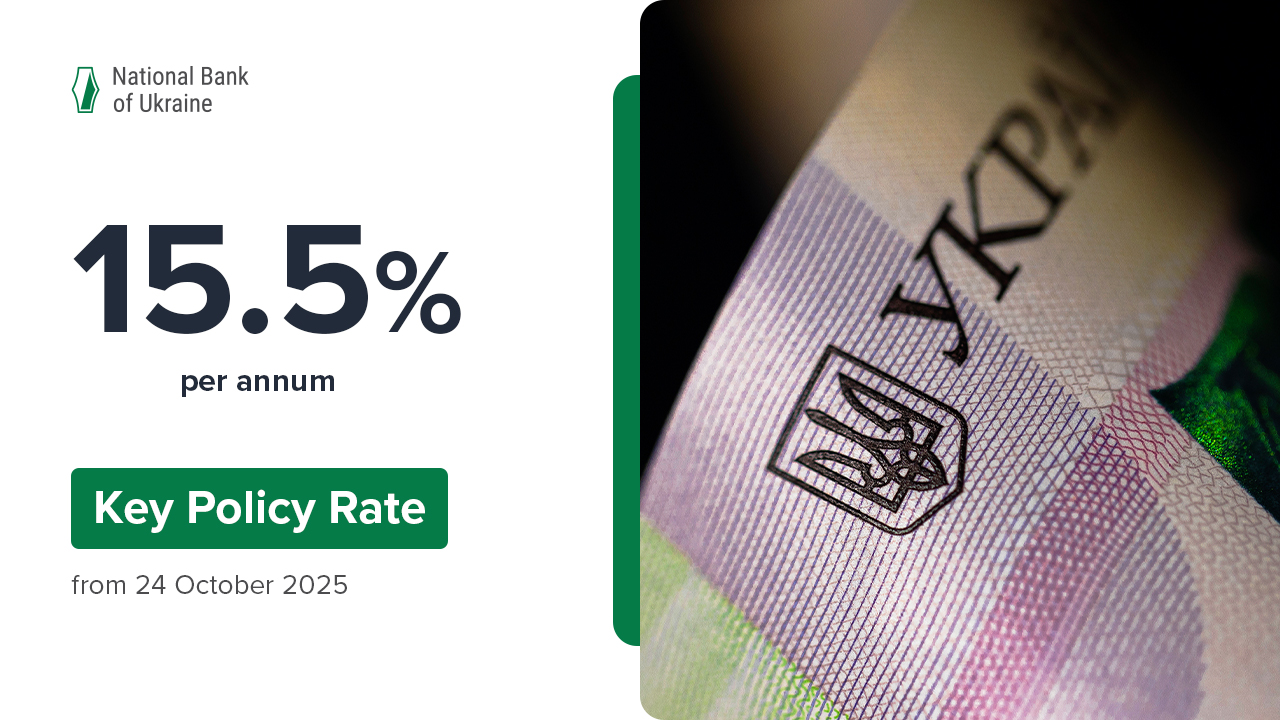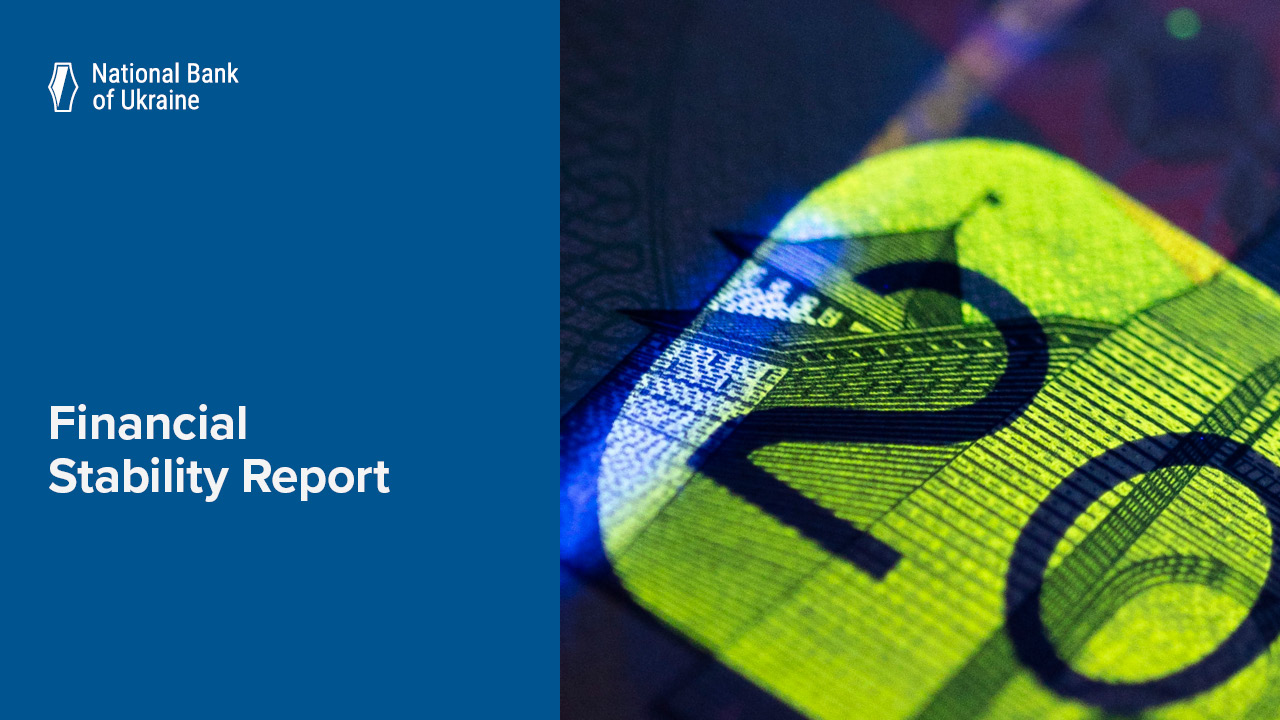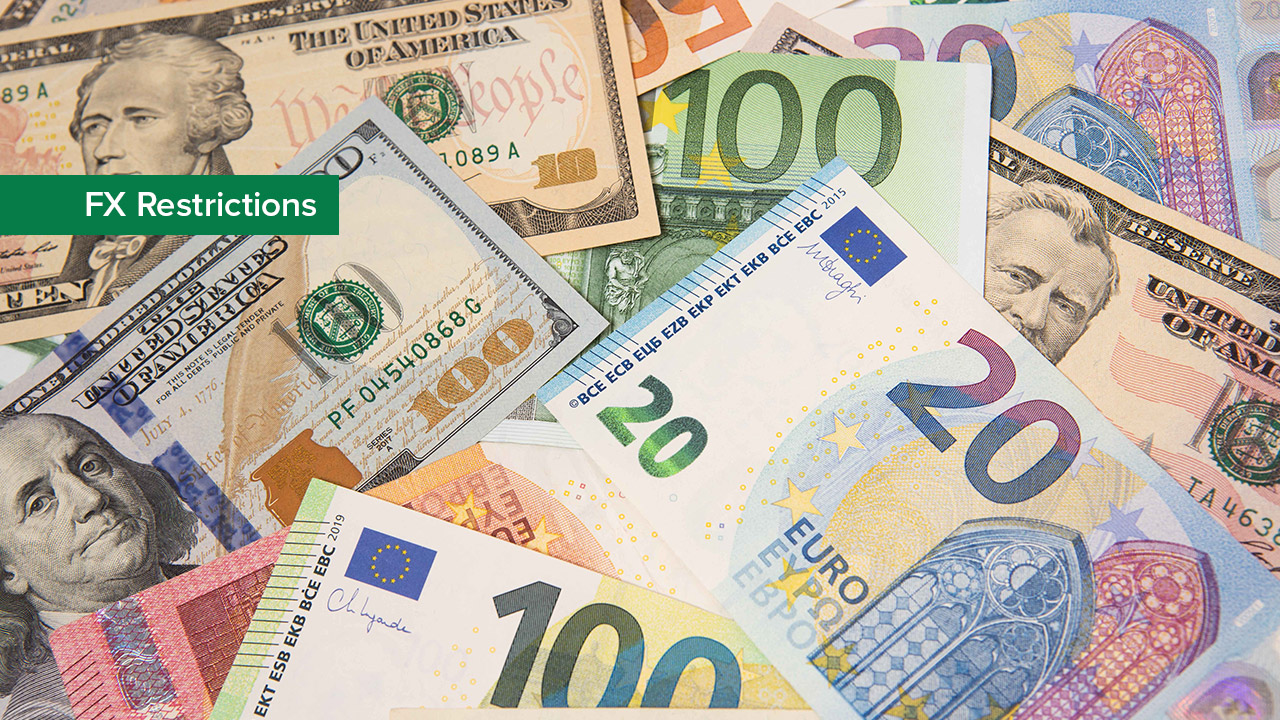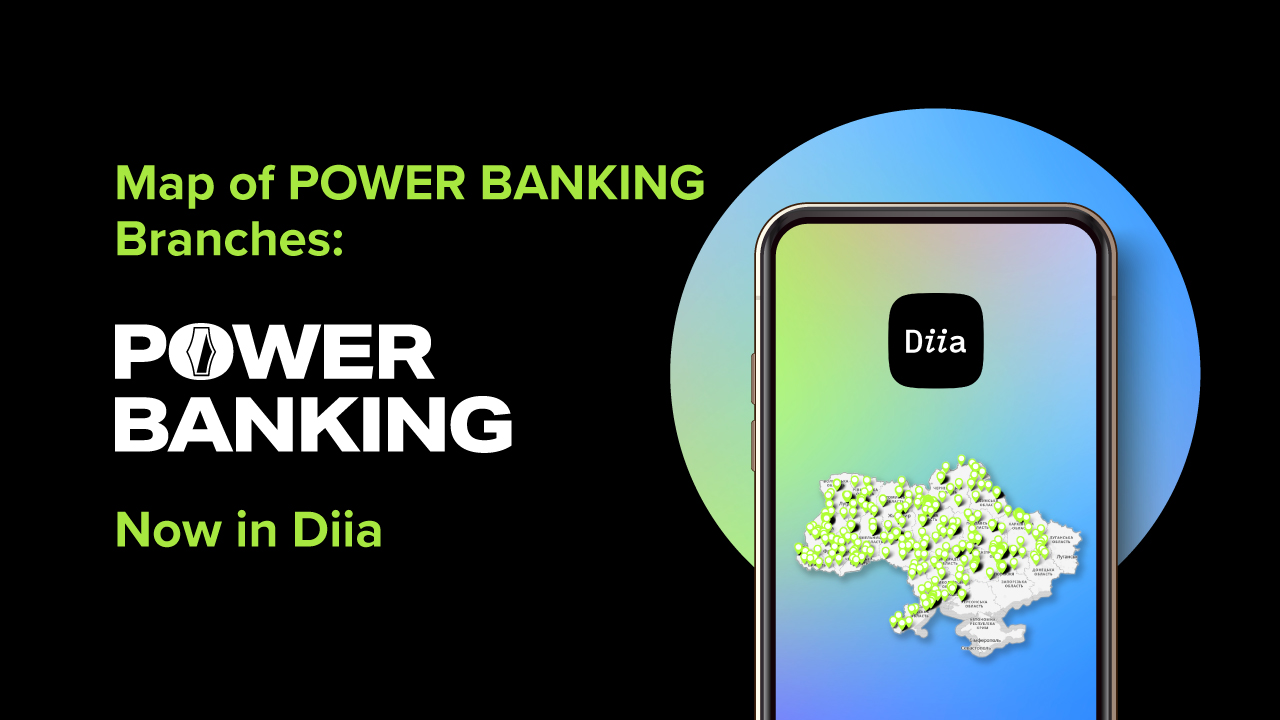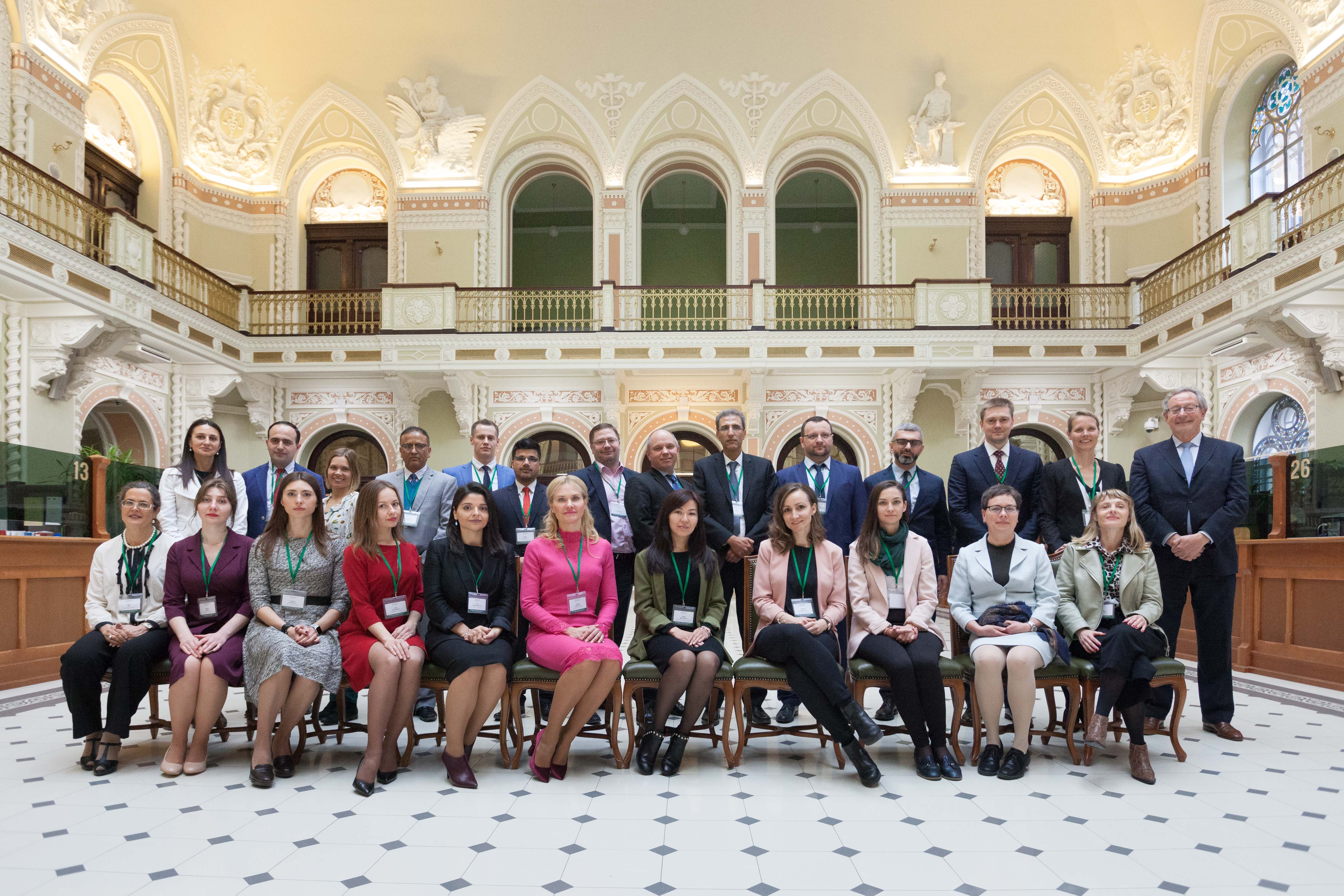In September, the banks continued to actively attract deposits. Hryvnia deposits increased by 1.5% up to nearly UAH 502 billion. This is shown by preliminary Monetary Statistics Data for September 2018.
The strongest increase in deposits was seen by retail funds. Persistently high growth in wages contributed to high inflow of retail deposits in the hryvnia. Thus, at solvent banks, the retail deposits in the hryvnia increased by 2.8% to UAH 258.7 billion and in foreign currencies (in the dollar equivalent) by 1.4% to USD 8.7 billion.
In monthly terms hryvnia corporate deposits at solvent banks barely changed (UAH 242.5 billion), while foreign currency deposits (in the dollar equivalent) increased by 1% (to USD 5.3 billion).
Also, banks continued lending to households and corporate sector.The total lending portfolio in the domestic currency at solvent banks rose by 1.1% to UAH 614.6 billion in September.
In September, banks actively issued corporate loans: total loans in the domestic currency as well as foreign currencies (in the dollar equivalent) raised by 1.1% to UAH 485.7 billion and by 1.3% to USD 14.7 billion, respectively.
Over the same period, hryvnia retail loans rose by 0.9% to UAH 127.4 billion.
In monthly terms, the cost of hryvnia loans and deposits increased for business, but remained virtually the same for households.
The hryvnia loans’ rates, mainly corporate, responded to the increase of the key policy rate, narrowing in liquidity of the banking system, and significant demand for loans. Thus, the interest rates on hryvnia corporate loans increased by 1.9 p.p. up to 19.8% p.a. and for retail loans by 0.3 p.p. to 32.1% p.a
Yields on deposits for business rose too: by 0.6 p.p. to 13.0% p.a. At the same time, cost of retail deposits remained unchanged in monthly terms (10.6% p.a.) as some banks enhanced differentiation between interest rates on term and demand deposits (caused by the rates decrease on the latter).
For more details on money market developments in September 2018, see the Macroeconomic and Monetary Review (October 2018).


